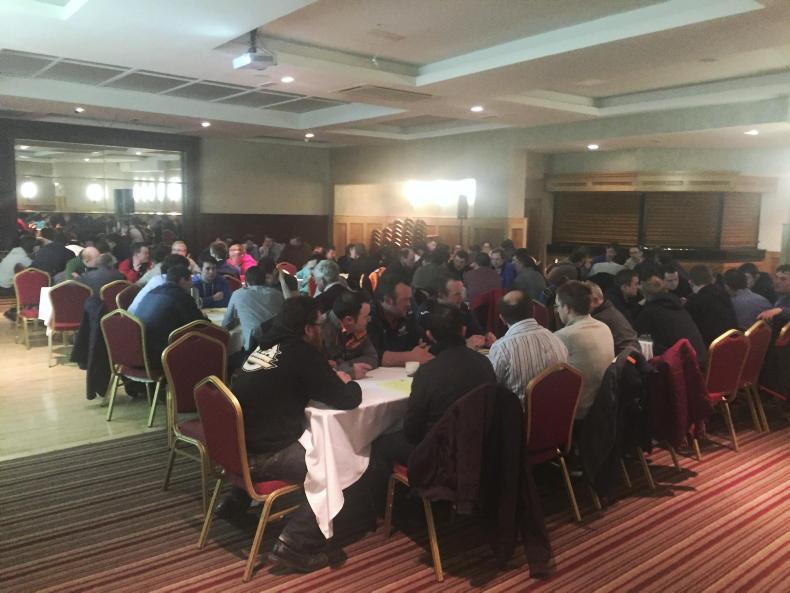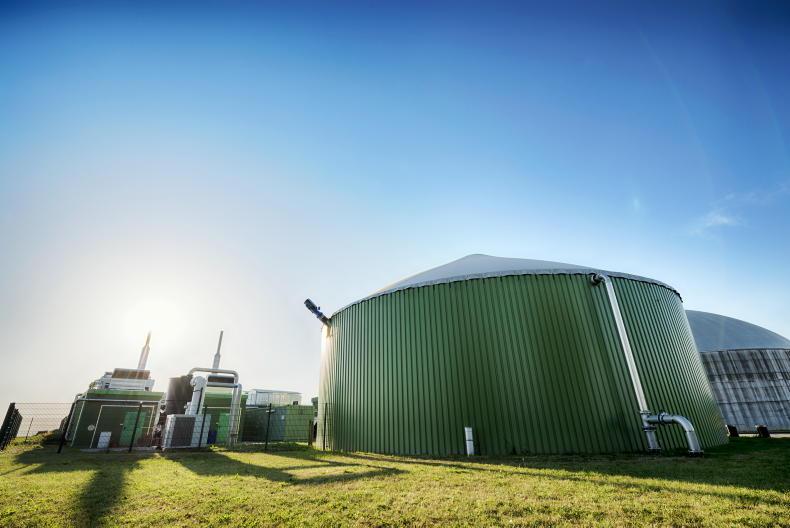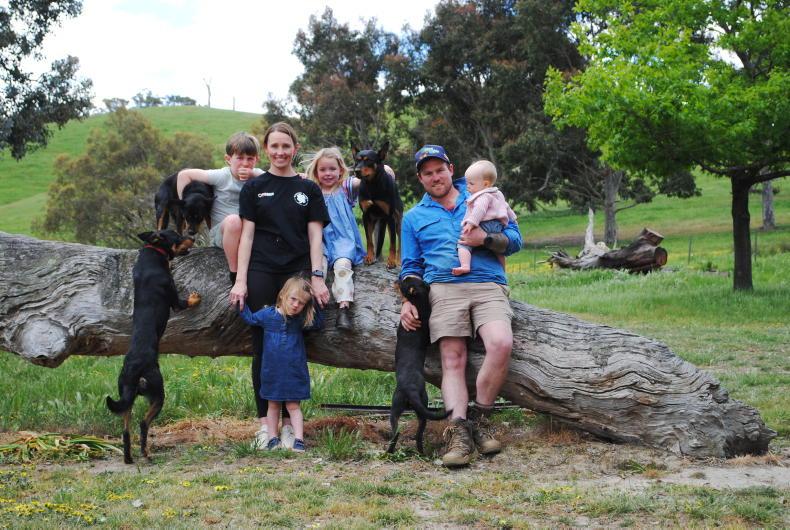Last year, Daniel O’Donnell milked 99 cows on his peaty farm high in the mountains not far from Cappoquin in Waterford. In 2014 he is hoping to milk 110 cows on his 42ha milking block and push his stocking rate to 2.6 cows/ha on the milking platform.
While many farmers are talking of reducing stocking rate due to high 2013 feed costs, Daniel is aiming to milk more cows in 2014. He is one of the satellite farmers in the Greenfield Dairy Programme and has increased milking cows from 60 in 2009 to 99 cows milked at peak last year.
Investment in drainage and reseeding really started to pay off in 2013. Daniel grew 12t of grass per hectare, up 3t/ha on 2012 despite grass not starting to grow until May. However, he also fed 890kg of meal per cow and purchased 20% of his winter silage. Most of this extra feed was purchased last spring to supplement poor quality forages. Extra silage and meal was purchased at high prices.
I asked Daniel what would happen if he was hit with 2013 spring weather again. He said: “I have a much better reserve of feed. I have high-quality round bales and maize silage which I hope to feed towards the end of March/early April when feed really gets tight. We also have plenty of grass on the farm, so that will help us out. I plan to cut close to 60 acres of first-cut and this year now that I plan to contract-rear the heifers I could potentially close all that area again for a second cut of silage.”
The stocking rate on the milking block lifted from 2.2 cows/ha in 2012 to 2.7 cows/ha in 2013. Daniel’s plan to contract-rear his maiden heifers will give him the potential to cut more silage on outside blocks.
Milk output
Daniel sold 4,200 litres per cow in 2013 (350kg of milk solids per cow or 920kg/ha). The plan is to increase this further in 2014 as Daniel will have a more mature herd. Last year he brought in 30 heifers and there were 25 second-calvers so all these cows will be older and more mature in 2014. Daniel has 24 heifers to bring in this year.
One of the factors allowing him to increase numbers quickly has been a very low not-in-calf rate of 6% last year and 7.5% the year before – a super performance by any standards for a 10- to 12-week breeding season.
While the 2013 spring was a disaster in terms of supplying feed, the warm summer in 2013 suited this Waterford farm in terms of growth and grazing out. Daniel still recorded over 1,050mm of rain in total last year. The range or rainfall pattern is significant and for the months of April to September Daniel recorded less than 50mm per month but this increased to 200mm in October and December 2013. The milking cows were housed in October but got back to grass in November.
Daniel spread slurry on an outfarm last week as slurry tanks were full and he has plans to further invest in the farmyard this year. He only has cubicles for 78 cows so he has no choice but to increase housing and slurry capacity. He hopes to complete the purchase of a 15-acre outfarm which would provide great quality silage ground and potentially reseed another six acres on the home block.
The humps and hollows paddocks are performing very well for Daniel. He said: “Last year I grazed them with milking cows in November and December when I was drying off the cows. For the first time in 2014 I hope to graze them with the milking cows. Up to now they have only been grazed calves and in-calf heifers.”
Costs and output
In 2012 Daniel milked 82 cows and increased this to 99 cows in 2013. Milk price received increased from 33.8c/litre in 2012 to 42.7 c/litre in 2013. As a result, milk sales increased to €174,778 in 2013 from €111,216 in 2012. Calf sales reduced from €5,105 in 2012 down to €2,200 in 2013 as the influence of Jersey cross-breeding reduced the value of bull calves.
The bottom line on sales last year is that total sales excluding Single Farm Payments etc amounted to €186,358, compared to €132,326 in 2012. However, while output increased, costs also increased, mainly due to large feed purchase requirements in April and May 2013.
On the costs side, dairy feed increased €10,000 from €13,800 to €23,800, while forage purchases increased from €5,100 up to €12,300. Fertilizer was similar, increasing from €16,200 to €17,200. Veterinary expenses for the milking herd and replacements increased slightly from €9,441 in 2012 to €10,098. Contractor charges increased from €12,600 to €19,100 as more feed was conserved compared to the year before. The bottom line on the costs side of the business is that total expenditure increased from €106,200 in 2012 to €130,545 in 2013.
Subtracting the costs from the output leaves Daniel and Amy with a margin of about €55,000 (€550/cow) to pay tax, living expenses, pensions and loans in 2013.











SHARING OPTIONS